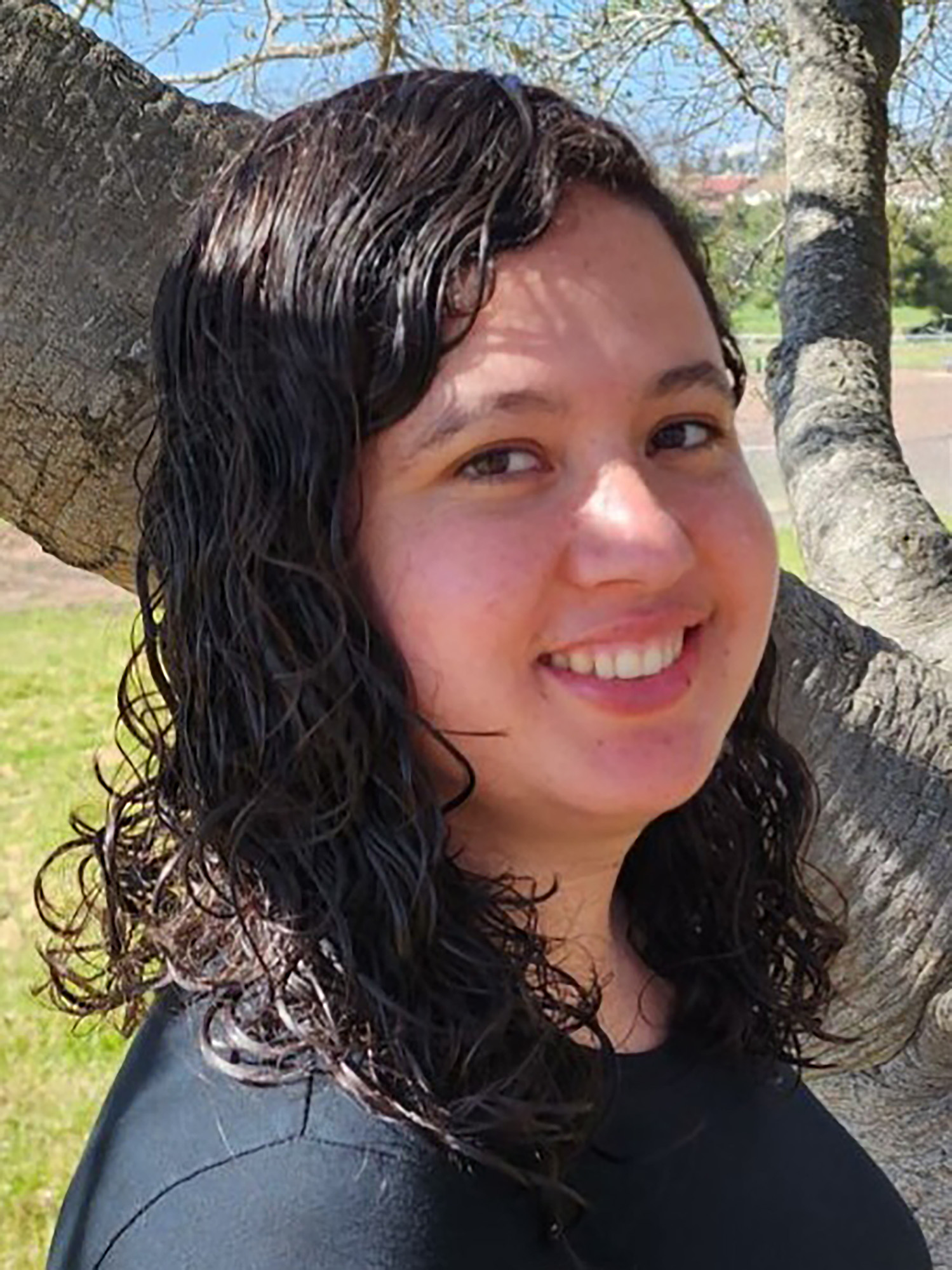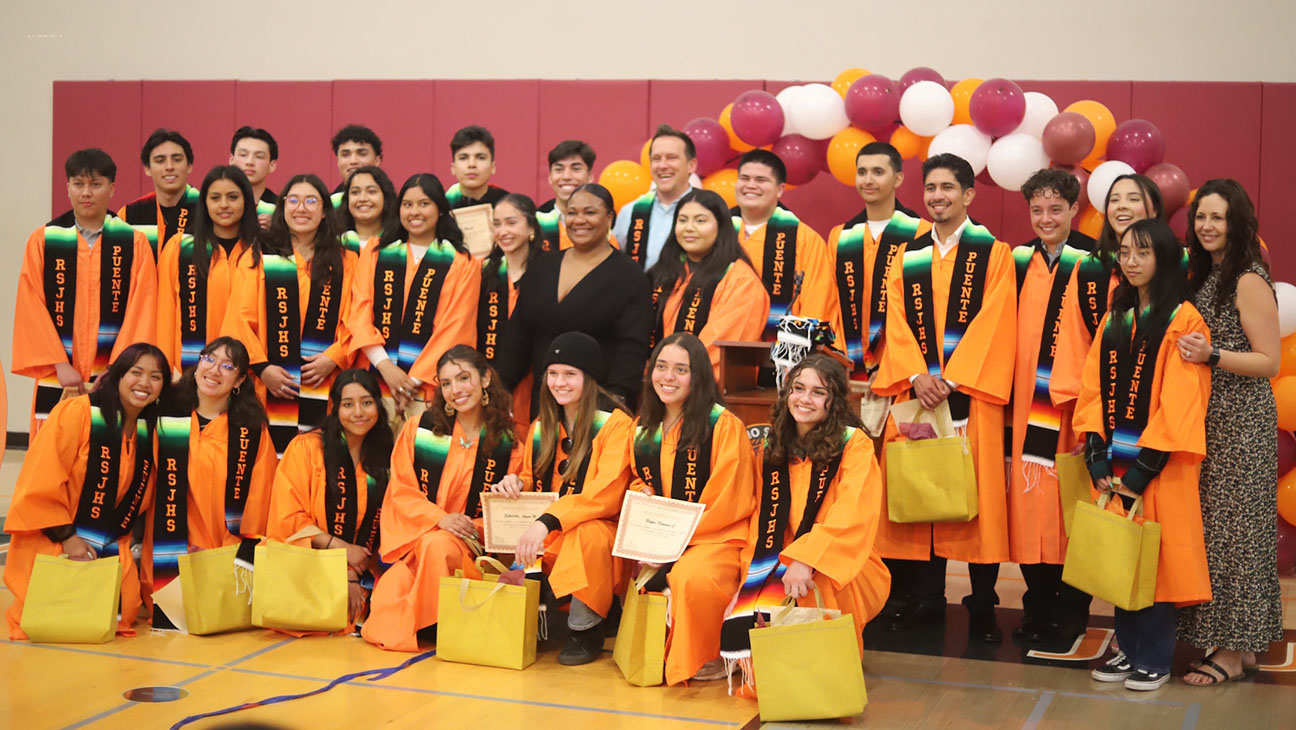| YOUNG VOICES MEDIA PROJECT
By Karen Dorantes
As the daughter of Mexican immigrants, Leticia Diaz Garcia was raised speaking mostly Spanish, and was able to keep the language in school until California voters approved Proposition 227 in 1998, which made bilingual education a high mountain to climb.
Diaz Garcia, who went on to become valedictorian at Everett Alvarez High School in 2009, did not understand why the language she grew up speaking was no longer allowed. “I hated school at that point,” she said.
Diaz Garcia is now one of the two Justice, Equity, Diversity, and Inclusion coordinators of the Salinas Union High School District, after graduating from Princeton with a bachelor’s degree in sociology, and later receiving a master’s from Loyola Marymount University in urban education. She learned that affirmative action was a result of schools trying to make up for the educational debt, a term coined by educator Gloria Ladson-Billings regarding limitations to equitable access to education that students of color have received for generations.
“In the United States we have the idea of meritocracy, of pulling ourselves from our bootstraps, and that it is all about hard work,” she said, explaining why affirmative action is controversial. “And while it does take a lot of hard work and dedication, that is not the only aspect that leads to success.”
“What is really important is for schools, school districts, and community organizations to learn how to support students.” Peter Williams, Rancho San Juan High School teacher and former Everett Alvarez High School teacher
On June 29, the U.S. Supreme Court ruled it unconstitutional for colleges and universities to take race into consideration as part of their admissions process. Although the news was a shock to students of color nationwide, teachers in the Salinas area appear confident the decision will have little effect on local students.
The case stemmed from a lawsuit against Harvard College and the University of Northern Carolina, both which, according to the case document, use race (along with other categories like legacy status, recruitable athlete status, and financial aid eligibility) to either reject or accept the recommendations already made by admissions. Ultimately, both schools lost their case against Students for Fair Admissions Inc., who argued that by including race, the schools’ admissions programs violated Title VI of the Civil Rights Act of 1964 and the Equal Protection Clause of the 14th Amendment.
In light of this decision, many wonder whether the lack of affirmative action will have an impact on how students of color get accepted into prestigious universities. With the class of 2023, Rancho San Juan High School saw four students get into Brown, Columbia, Harvard, Yale and UPenn, and three students from Everett Alvarez High School get into Harvard, Yale and UPenn.
Enlarge

Peter Williams, who previously taught at Everett Alvarez High School and is now a teacher at Rancho San Juan High School, believes that the lack of affirmative action will not have as much of an effect as people think.
Williams, who has been in education for 16 years and currently serves as a teacher for the Puente Project (a UC Berkeley program that focuses on increasing the number of educationally underrepresented students enrolling in a four-year college or university), says that the success he saw this year was not a result of affirmative action, but rather of the result of having a team of teachers and counselors at RSJHS who were able to aid students in telling their stories.
“My colleague Jordana Henry, who helped foster and create the culture and environment of the Puente program at Rancho (San Juan), made it super successful,” he said. Williams says that he has witnessed “poster children for affirmative action” not get into the prestigious schools that students at RSJHS ended up getting accepted to.
Williams is hopeful that, while the Supreme Court did rule that race can no longer be taken into consideration when deciding admissions, the decision did not include income, first-generation, or students telling their story.
“What is really important,” Williams said, “is for schools, school districts, and community organizations to learn how to support students.”
“There were so many other students here in Salinas that could also achieve at that level. However, because of different obstacles, the assumption is that we are not as qualified, that we are not as smart, that we do not belong there.” Leticia Diaz Garcia
It is a lot to expect first-generation students to tell their authentic stories because these are often seen as normal situations by their community, he said. That’s another reason why the community should uplift students. Those students who do not receive this support, those students who continue to be marginalized, will most likely be the ones affected by the lack of affirmative action.
While attending Princeton, it was not uncommon to hear people tell Diaz Garcia she was only there because of affirmative action — a comment that many students of color often hear. It’s hurtful not just because it’s untrue, she said, but it also denies the hard work and challenges that students of color have to overcome to compensate for the “educational debt” Ladson-Billings describes.
“There were so many other students here in Salinas that could also achieve at that level. However, because of different obstacles, the assumption is that we are not as qualified, that we are not as smart, that we do not belong there,” she said.
Both Williams and Diaz Garcia brought up the hope they have in the countersuit being filed by Lawyers for Civil Rights, and backed up by the NAACP, that aims to challenge legacy admissions as a response to the ending of affirmative action.
“If the countersuit follows through, this is the opportunity for a greater impact for more of our students to get in,” said Williams.
Enlarge

Have something to say about this story? Send us a letter.